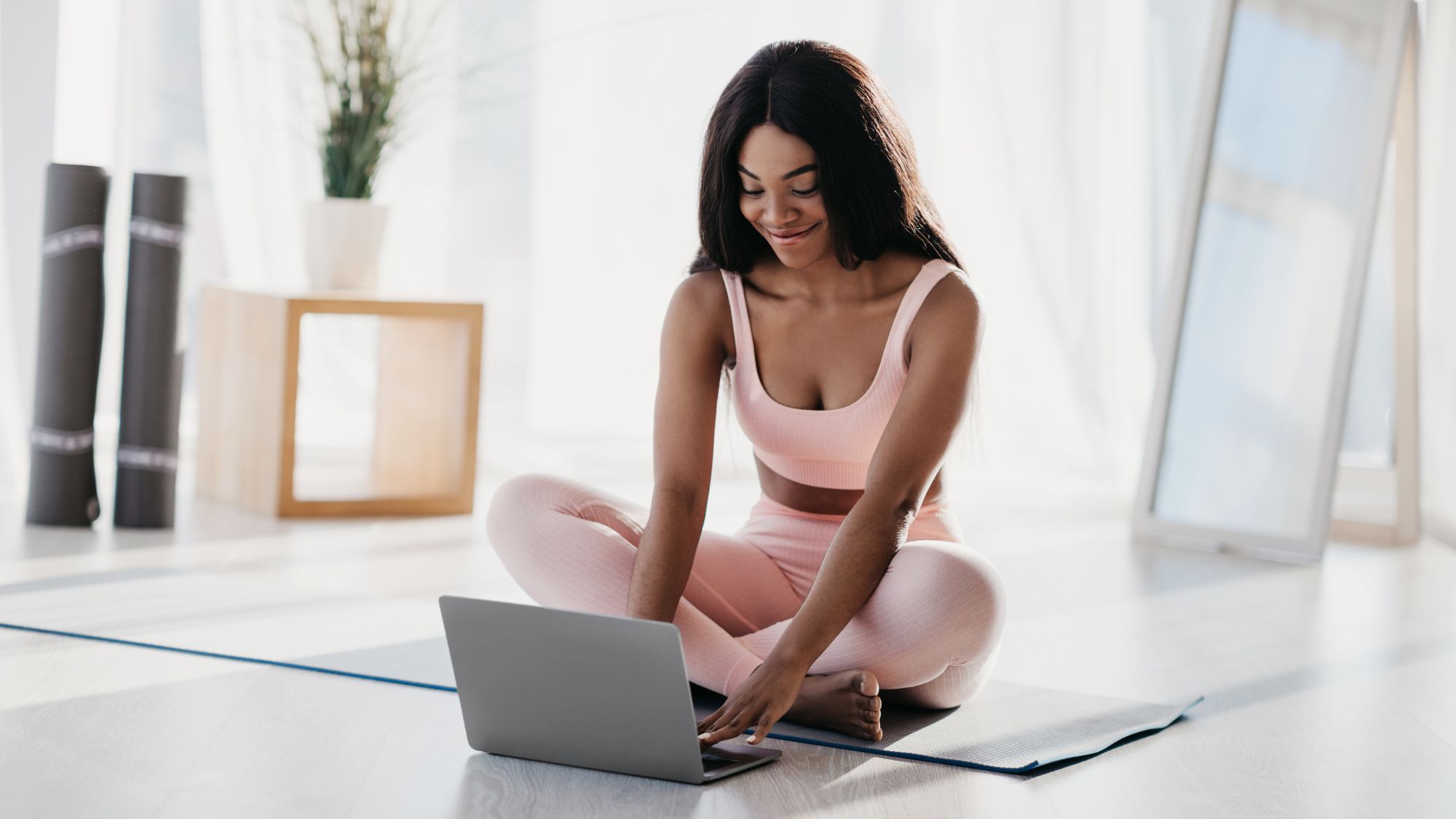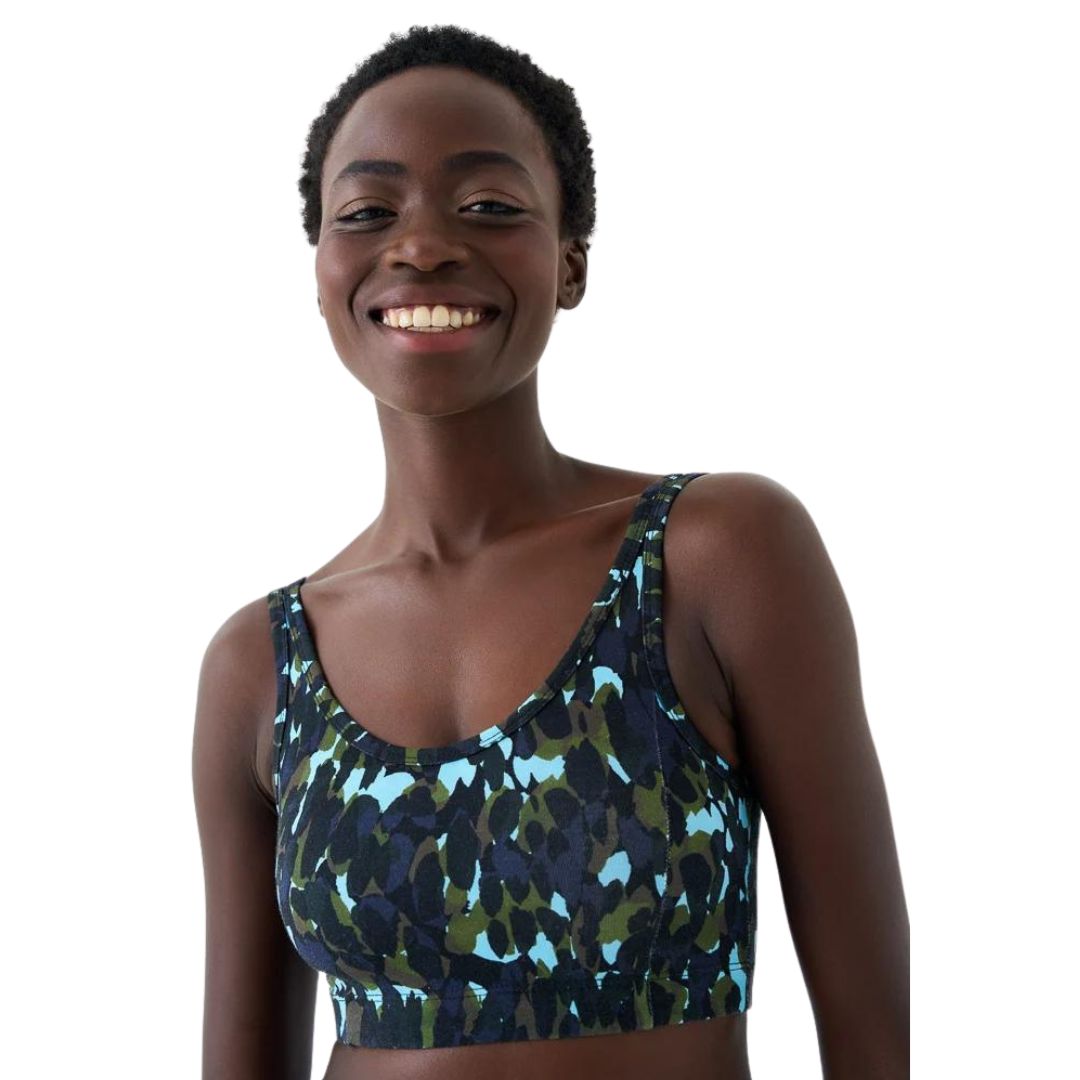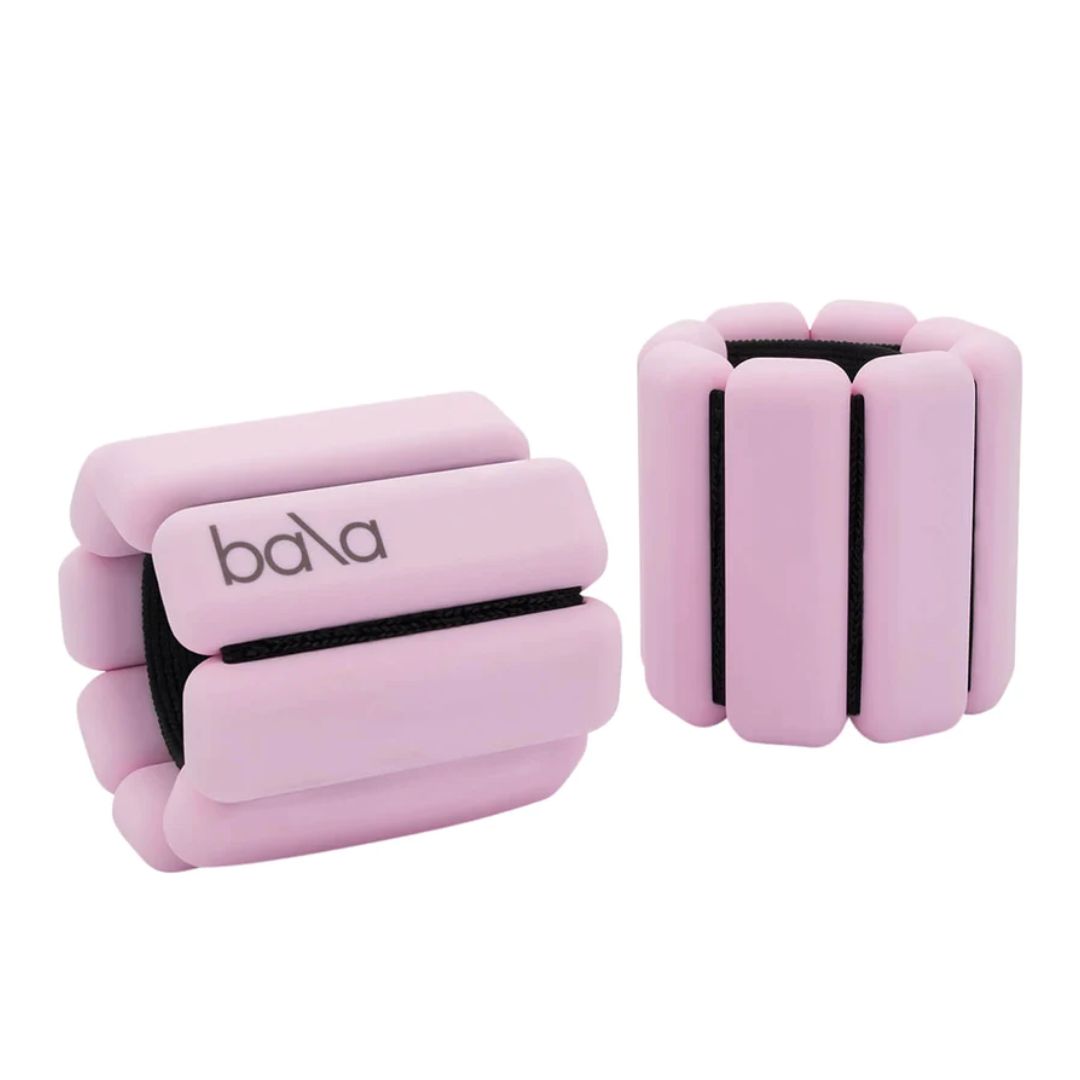Overbooked and struggling to find time to exercise? These are the best 20 minute Pilates workouts to try from home
Bookmark for later.


It’s the most wonderful time of year – and arguably the most busy, for many. Between the pre-Christmas break work deadlines and the increase in social engagements, you may be struggling to squeeze in workout sessions amidst your many commitments, but you don’t need to sweat for a full 60 minutes for it to count as a quality workout. In fact, there are a whole load of benefits to doing speedy 20 minute Pilates workouts.
Case in point: research published in the Muscle, Ligaments and Tendons Journal suggests that Pilates benefits span improved flexibility, abdominal and lumbopelvic stability, and muscular activity. Not just that, but a Heliyon study concluded that Pilates may be beneficial for increasing muscle strength and improving balance when compared to no activity.
In short, a Pilates workout is a great all-rounder that promises to boost muscle tone, calm, and mood, too. Wondering whether just twenty minutes a day is enough to get a good session in? The science reckons so. Further research into the life-extending benefits of movement found that 22 minutes of moderate-to-vigorous physical activity per day was associated with a lower mortality risk. So, if you can’t maintain your training schedule over the festive period, it may help to supplement your usual sessions with 20 minute Pilates workouts for a while.
If you're totally new to the type of workout, our guide to Pilates for beginners will come in handy, as will our guides to 30 minutes Pilates workouts, Pilates exercises, and the trending Pilates wall workout. For speedy home workouts to see you through the festive season - keep scrolling.
20 minute Pilates workouts to try from home
What is Pilates?
New to Pilates? No problem. “Pilates is a training method that aims to create a strong, functional body by reducing muscle imbalances and increasing core strength,” says Hollie Grant, Pilates instructor and founder of Pilates PT. “Created by Joseph Pilates as a way of building strength in prisoners of war, it's incredibly powerful. Everyone needs Pilates in their life.”
The low-impact style of exercise is gentle on the joints. That's right - there’s no jumping or whizzing through reps, rather, it’s about intentional, mindful movement that targets the entire body.
There are two forms of Pilates: mat and Reformer Pilates, the latter of which is performed on a bed-like machine. That said, they both follow similar principles. “No matter what type of Pilates you’re doing, you’re using body weight or extra resistance to challenge all parts of the body," Grant explains. "That said, you're often focused on the core, building better strength and also mobility."
Celebrity news, beauty, fashion advice, and fascinating features, delivered straight to your inbox!
What should you expect from a 20 minute Pilates workout? “If it’s a mat-based class, you can expect you’ll be using a mat and maybe some small equipment like a Pilates ring,” Grant says. You may also use dumbbells, ankle weights or a Pilates sculpt bar. “Essentially, pilates classes will involve exercises that are designed to strengthen the body and in turn, boost your mobility and flexibility as well.” Expect moves like leg raises, planks, and scissor kicks.
Is 20 minutes enough time to get a good Pilates workout in?
One of the best things about Pilates, where time-saving is concerned, is that you don’t need to dedicate a big chunk of time to warming up and cooling down, according to Grant. “Because you’re mainly using bodyweight or lighter weights, you don’t necessarily need to be doing full-on warm-ups, therefore 20 minutes is ideal,” she says. However, we’d caution that it’s always wise to do some form of movement in preparation for a workout – regardless of the intensity – to avoid increasing injury risk and allow you to put your best performance in.
“I’d say that frequency, rather than length, of workout is more important,” Grant adds. “So, if you’re short on time and you do 20 minute Pilates workouts a few days a week as opposed to one weekly hour-long session, I’d say you’d probably see the benefits quicker.”
Benefits of 20 minute Pilates workouts
There are many physiological benefits, as we’ve already explored, of doing Pilates on the regular – and research by University of Limerick suggests that the exercise can improve mental health outcomes, too. “In Pilates, you really focus on the mind-body connection," Grant explains. "This is really simple and involves being aware of what your body is doing at any one time, making it difficult for you to mull over that argument you had with your partner earlier or the email you forgot to send.” She considers it especially helpful for those who struggle with anxiety or a busy mind.
Ultimately, though, Grant believes that Pilates "brings your body back to where it should be." “Modern day life involves so much flexion; looking at phones, sitting at laptops, driving cars, and our bodies almost end up forgetting what they were designed to do – Pilates fixes that,” she says. “It improves your posture, strengthens weak muscles, and in turn reduces back pain and weakness.” Regular 20 minute Pilates workouts, she says, will give you all these benefits.
6 best 20 minute Pilates workouts, chosen by a trainer
1. Full body pregnancy Pilates
What? A third-trimester pregnancy Pilates workout.
Why? "This workout is an ideal 20-minute Pilates routine for if you're in the third trimester of pregnancy," says Grant. "Targeting specific muscle groups, this routine is tailored to strengthening your pelvic floor muscles to prepare you for labour."
How long? 20 minutes.
2. Strong dynamic Pilates routine
What? A 20-minute strong dynamic Pilates class.
Why? In a hurry? This speedy 20-minute session targets the entire body and requires nothing but a mat and some enthusiasm to complete.
How long? 20 minutes.
3. 20 minute full-body Pilates workout
What? A speedy full-body Pilates routine.
Why? At home or on the go, this 20-minute Pilates workout is ideal for getting your whole body moving and really targeting the core. It's an intermediate class, so it may help to have a little experience with the basics of Pilates before getting stuck in.
How long? 20 minutes.
4. Full body Pilates workout for beginners
What? A full-body Pilates routine for beginners.
Why? If you're new to Pilates, this is the ideal session to ease you in. You'll need no equipment, except for a mat, so you can get your body familiar with the exercises in the comfort of your own home, and movements are simple, so you can focus on developing good form.
How long? 20 minutes.
5. Intense full body Pilates workout
What? An intense full-body session.
Why? If you want to really feel your muscles working, this is the Pilates class for you. Featuring exercises that predominately target the lower body and core, it's an ideal addition to your training routine if your goal is to build muscle.
How long? 20 minutes.
6. Gentle Pilates flow workout
What? A beginner-friendly Pilates workout.
Why? Almost all of the exercises that feature in this flow are performed while lying on a mat, which is beneficial for beginners (because you can focus more on the movement patterns and learning quality form without needing strong stability) and anyone needing low-impact exercise or having a low-energy day.
How long? 20 minutes.
Shop MC UK's go-to workout kit now:

Topping our guide to the best yoga mats is this super popular 5mm-thick mat that comes with a whole load of cushioning, visual alignment cues and moisture absorption. Put it this way: it’s a deliciously padded mat that you won't mind getting out of bed for.
Is 20 minutes Pilates a day enough?
As always, it'll depend on your current fitness level, lifestyle, and more. While 20 minutes a day does fall slightly short of the recommended 30-minute NHS movement guidelines, movement is always better than no movement, especially at a busy time of year when stress levels can be high.
You'll also likely be supplementing your 20-minute sessions with daily steps, too, rounding up to the advised 30 minutes of moderate intensity exercise a day.

Abbi Henderson is a freelance journalist and social media editor who covers health, fitness, women’s sport and lifestyle for titles including Women's Health and Stylist, among others.
With a desire to help make healthcare, exercise and sport more accessible to women, she writes about everything from the realities of seeking medical support as a woman to those of being a female athlete fighting for equality.
When she’s not working, she’s drinking tea, going on seaside walks, lifting weights, watching football, and probably cooking something pasta-based.







